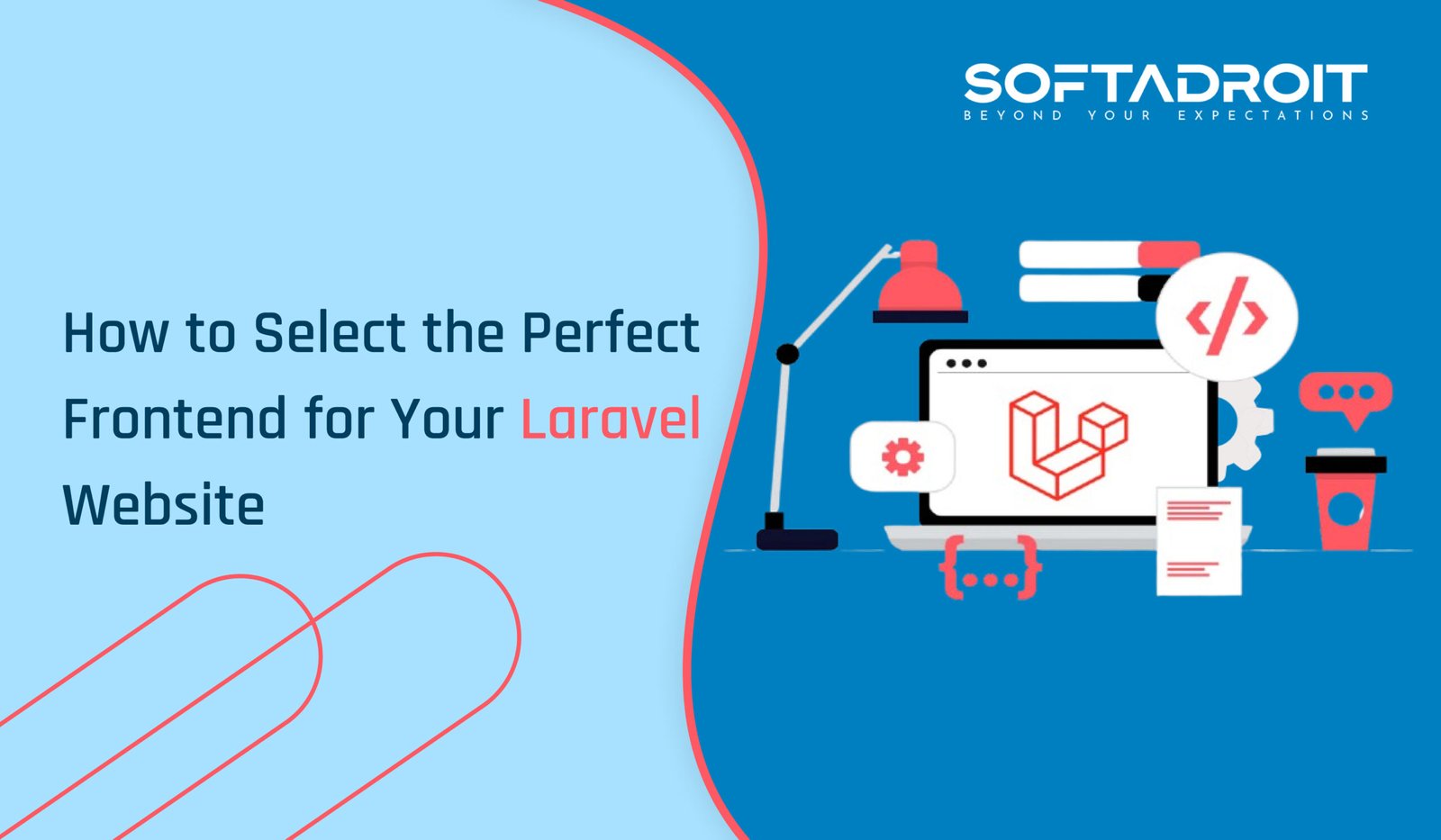
Selecting the perfect frontend for your Laravel website involves several key considerations. Here’s a structured approach to help you make the right choice:
Define Your Project Requirements:
- Functionality: What features do you need? (e.g., forms, user authentication, dashboards)
- User Experience: What kind of UI/UX do you want to provide? (modern, minimalist, complex)
- Target Audience: Who will be using the website? (age group, tech-savviness)
Choose the Right Technology Stack:
- HTML/CSS Frameworks: Consider frameworks like Bootstrap or Tailwind CSS for responsive design.
- JavaScript Frameworks: Decide if you want a reactive framework:
- Vue.js: Works seamlessly with Laravel (especially with Laravel Mix).
- React: Popular for dynamic single-page applications.
- Vue.js: Works seamlessly with Laravel (especially with Laravel Mix).
- React: Popular for dynamic single-page applications.
- Angular: A good choice for large-scale applications.
Evaluate Compatibility with Laravel:
- Integration: Ensure the frontend technology integrates well with Laravel. Vue.js is particularly compatible, given its official support.
- API Communication: If using a JavaScript framework, consider how it will communicate with your Laravel backend (e.g., RESTful APIs, GraphQL).
Consider Performance:
- Loading Speed: Choose a lightweight framework to improve loading times.
- Optimization: Look for options that support tree-shaking and code-splitting.
Scalability and Maintenance
- Future Growth: Choose a stack that can grow with your project.
- Community and Support: Opt for technologies with strong community support and documentation.
Design Flexibility:
- Customization: Assess how easy it is to customize the frontend for your design needs.
- Component Libraries: Use libraries like Vuetify for Vue or Material-UI for React to speed up development.
Developer Skillset:
- Team Expertise: Consider your team’s familiarity with specific frameworks. Leveraging existing skills can reduce development time.
- Learning Curve: Evaluate how steep the learning curve is for new technologies if your team is unfamiliar.
Prototyping and Testing:
- MVP Development: Start with a minimum viable product to test your chosen frontend quickly.
- User Feedback: Gather user feedback during the development process to make necessary adjustments.
Deployment Considerations:
- Build Tools: Familiarize yourself with build tools like Laravel Mix, Webpack, or Vite for asset management.
- Hosting: Ensure your hosting environment supports your chosen technologies.
Stay Updated:
- Trends and Updates: Keep an eye on frontend trends and updates in both Laravel and the frontend technologies you choose to maintain modern standards.
By carefully considering these factors, you can select a frontend that aligns with your project’s goals, enhances user experience, and is easy to maintain and scale.

